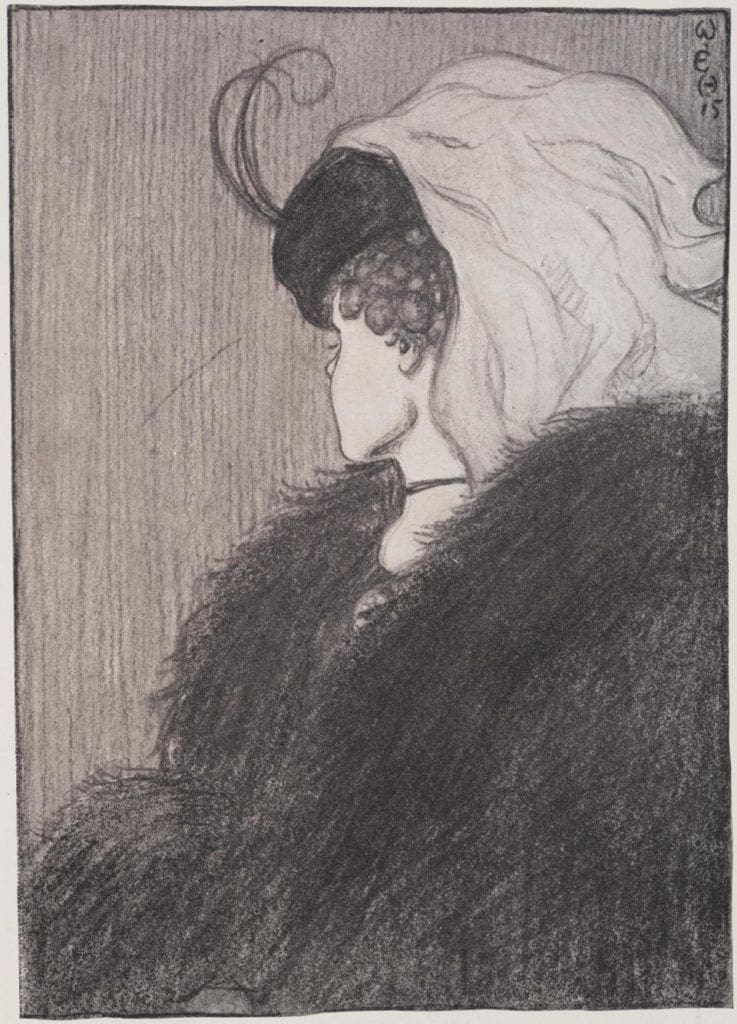Which person do you see?
Many of us have been exposed to the “Old Woman/Young Lady” optical illusion. In this illusion, there are two images, an “Old Woman” and a “Young Lady” merged into one picture. There is no right or wrong way to perceive this picture, and do not worry, how you see this illusion does not say anything about you psychologically.
If I focus on the small curved line in the middle of the image on the left-hand side and feather coming out of dark hair on the upper left-hand side, the “Young Lady” instantly emerges. (To see the “Old Woman,” try focusing on the two black dots in the middle of the picture, as if they were the eyes of the “Old Woman” with a big nose looking down. If you are having difficulties seeing both images, here is a hint: The tip of the “Old Woman’s” nose is the bottom of the “Young Lady’s” chin.)
Both are real! Both are present!
Which person do we see and minister to?
What does this have to do with our ministry?
When we see a person in need do we see a hungry person needing a hot meal? Or do we see a discouraged person hungering for hope and a way forward?
Just as in the classic optical illusion where the same image can yield two different impressions, so also in our ministry what we see changes our approach to ministry. Neither is wrong! But depending upon which person we see, our ministry will probably take different directions.
If we see the physical hunger of the person our first response will be to figure out some way to nourish this person’s body. If we see a person hungering not just for a meal but hungering for hope we will try to take care of both hungers.
Remembering that both hungers are present in the same face presented to us should get us beyond the dichotomy of focusing on just the physical needs or the emotional and spiritual needs, one or the other.
Overcoming the limitations of our first impressions
Vincent urged us to see the other side of the coin. St. Vincent invites us to look beyond the surface.
Most visitors to this site are familiar with the image of the scarred coin used by Vincent.
“I shouldn’t judge poor peasants, men or women, by their surface appearance, nor by their apparent mental capacities. And this is hard to do, since very frequently they scarcely seem to have the semblance or the intelligence of reasonable beings, so gross and so offensive are they. But, turn the coin, and you will see by the light of faith that the Son of God, Whose will it was to be poor, is represented to us by just these people.” (XI Conference #19, p.32)
We can even look at Vincent and see two different images. We can select passages to show Vincent focusing on physical needs. Others can quote passages showing Vincent addressing spiritual needs. Of course, it is interesting to note that Vincent was adamant both needs should be addressed.
Years ago I heard Fr. Robert Maloney say something about St. Vincent de Paul I never forgot:
“Hardly have I ever read somebody who could come down on one side of an issue and then 50 pages later say something the exact opposite.” And isn’t it true? Vincent’s counsels to simplicity, and then to shrewdness. His insistence on mortification, and then on self-care. His advice to be gentle, and then his words to St. Louise to put some vinegar into her dealings with others.
We need only remember how Vincent addressed immediate needs but also set mechanisms in place that brought about systemic change. Think of how he organized the service of charity in setting up the Ladies of Charity, the Congregation of the Mission and the Daughters of Charity. Nor should we forget how he changed the formation of clergy by setting up seminaries.
Seeing and ministering to reality
- Do we actually look into the face and eyes of those we serve?
- When look do we see both their physical and spiritual hunger?
- Which hunger of a person do we tend to see more readily and minister to?








0 Comments